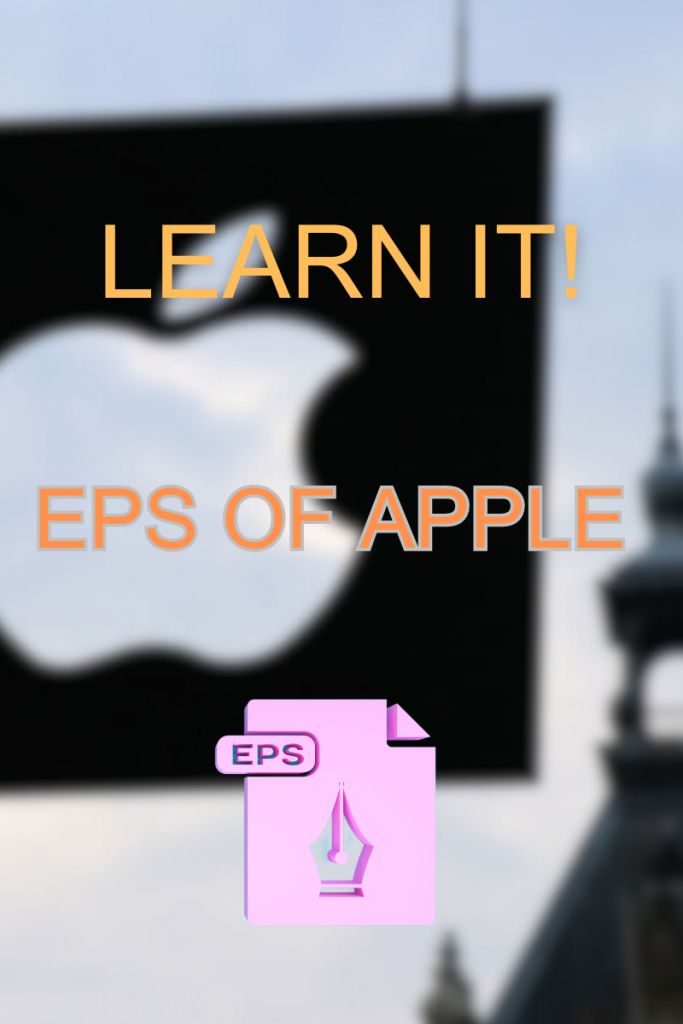Introduction :
Everyone talks about investing in stocks or stock markets but how to prudently invest in stocks and what metrics you should know in 2024 for analyzing a company as an investor is a real question. The question should be answered before to really understand strengths and weaknesses of a company. Even though financial analysis is a big and complex field and it requires an extreme amount of time to really understand the nitty gritty, today I will discuss the Apple stock comprehensively as an example to illustrate some key metrics. This can be used as a guide to stock investing for beginners.
Focus Points :
1. Earnings Per Share (EPS) : EPS measures how much a company earns per share for all outstanding shares available to common shareholders. Apple’s EPS for 2023 is 6.16 USD, calculated by dividing its net income of 97 billion USD by its 15.744 billion outstanding shares.
2. Price to Earnings (P/E) Ratio : P/E ratio indicates the price multiple an investor is willing to pay for a share based on the company’s earnings capacity. For Apple, the P/E ratio in 2023 was 31.17, calculated by dividing the closing price of 192.02 USD by its EPS of 6.16 USD.
3. Price to Book (P/B) Ratio : P/B ratio reflects the price an investor is willing to pay for the real assets of a company, measured by the book value per share. Apple’s P/B ratio in 2023 was 48.73, derived from a closing price of 192.02 USD and a book value per share of 3.94 USD.
4. Free Cash Flow (FCF) : FCF is the net cash remaining after a business has paid all its obligations, indicating a company’s financial health. For Apple in 2023, the FCF was 99.58 billion USD, calculated by subtracting capital expenditures of 10.96 billion USD from operating income of 110.54 billion USD.
5. Price to Free Cash Flow (P/FCF) Ratio : P/FCF ratio shows the price an investor pays for a company’s share relative to its free cash flow. In 2023, Apple’s P/FCF ratio was 30.12, calculated by dividing its equity value of 3 trillion USD by its FCF of 99.58 billion USD.
APPLE 2024 VALUATION
| EPS | 6.460 USD |
| P/E | 35.85 |
| P/B | 47.66 |
| FCF | 101.92 Billion |
| P/FCF | 34.67 |
Earnings Per Share (EPS) : What is it?

EPS is a metric to really understand the company’s earnings per share. Let us look at it by looking at this question: How much money the company is earning on a single share for all the outstanding shares that are available to common shareholders for that particular company.
The formula is :
Net Income (Income after COGS and Taxes)/Outstanding Shares
EPS of Apple (2023) :
Net Income = 97 billion
Outstanding shares = 15.744 billion
EPS = 97 billion /15.744 billion = 6.16 USD
The result says that Apple has earned 6.16 USD per share for all the outstanding shares available to common shareholders. Benjamin Graham, the pioneer of investing in stocks, in his book The Intelligent Investor advised to buy companies selling at or less than 9 times EPS (9xEPS).
Price to Earnings (P/E) : Ratio to Invest in Stocks
Price to earnings ratio is a key ratio that can be calculated to understand the price that an investor is paying for the share of a company. The reframing would be: The price multiple that an investor is willing to pay for the share of a company or how many times is an investor willing to pay for the company in present time based on the earnings capacity of that company. P/E is very important and beginners should know it before they invest in stocks.
The formula is :
Price of the share (P) / Earnings per share (EPS) of the company
PE of Apple (2023) :
Closing Price (Dec 29, 2023) = 192.02
EPS calculated from above = 6.16
P/E = 192.02/6.16 = 31.17
So, was the investor willing to pay 31.17 times more than the actual earning per share of Apple!
The PE ratio of Apple in 2024 trailing twelve months (TTM) is 35.85.
Price to Book (P/B) :
Investing for beginners has never been easy but it is of utmost importance that beginner investors should learn these ratios. The price to book ratio explains the company health and a very good metric to be included in “How to invest in stocks” guide. In other words, the price of the share an investor is willing to pay for the real assets of the company. The real assets is actually the book value (BV) of the company. The book value (BV) of the company is the amount available to common shareholders after the company has paid for all it’s liabilities. Book value (BV) is calculated as Book Value Per Share (BVPS).
The formula is :
Price of the share / Book value of its Equity Per Share
PB of Apple 2023 :
Closing Price (Dec 29, 2023) = 192.02
Book Value = Total Assets – Total Liablilties
Book Value = 352.58 – 290.44 = 62.14 billion
BVPS = 62.14 / 15.744 (Outstanding Shares)
BVPS = 3.94 USD
P/B = 192.02 / 3.94 = 48.73 times
The investors who bought Apple in 2023 paid 48.73 times the price per share for each Apple share. Did you pay it? The PB of Apple in 2024 for trailing twelve months (TTM) is 47.66. According to Benjamin Graham, the companies selling for 50% less then their Book Value are undervalued. Learn about stock investing HERE!. Before you jump from the cliff you should wear your parachute and these valuation ratios are for your safety before you invest in stocks.
Free Cash Flow (FCF) : Warren Buffet’s Metric

This ratio is one of the pillars for safe stock investing. Amid many speculations in the stock markets around the world, the investors beginning to invest in stocks should really be able to calculate. The net cash that is available to any business after paying off all the obligations every quarter of the year. This is a good measure of a healthy business. Increasing FCF means that the business is profitable and prospering. This is the cash available to reinvest in profitable innovations and ventures or can be given back to shareholders. It can also be used to buy shares back that in turn increases the company’s share value. More on STOCK MARKET RETURNS HERE!
The formula is :
FCF = Operating Income – Capital Expenditures
FCF of Apple 2023 :
Operating Income = 110.54 Billion
Capital Expenditures = 10.96 Billion
FCF = 110.54 – 10.96 = 99.58 Billion
Apple was left with approximately 100 Billion after paying off it’s obligations. The FCF of Apple in 2024 (TTM) is 101.92 Billion. I would recommend the readers before they invest in stocks, they should learn how to calculate this simple metric for better insights.
Price to Free Cash Flow :

Another valuation method for any company can be P/FCF. In simple words, the price an investor is paying for the share of a particular company by weighing in the FCF metric. This can be a good valuation method for any company as the investor pays for the free cash that the company holds after doing business.
The formula is :
Price of Equity / Free Cash Flow
P/FCF for Apple in 2023 :
Closing Price (Dec 29, 2023) = 192.02
Equity value = Share Closing price x Total Outstanding Shares
Equity value = 192.02 x 15.744 Billion = 3 Trillion
FCF = 99.58 Billion
P/FCF = 3 Trillion / 99.58 Billion = 30.12
The investor paid 30.12 times the Free Cash Flow for each Apple share in 2023. P/FCF for Apple in 2024 is 34.67.
Conclusion :
Understanding these key financial metrics—Earnings Per Share (EPS), Price to Earnings (P/E) ratio, Price to Book (P/B) ratio, Free Cash Flow (FCF), and Price to Free Cash Flow (P/FCF)—provides a solid foundation for analyzing a company’s financial health and investment potential. These metrics, though not exhaustive, offer critical insights into a company’s profitability, valuation, and operational efficiency. By mastering these basic but vital financial indicators, investors can make more informed decisions and better assess the strengths and weaknesses of a company. Investing in stocks requires careful analysis and consideration, and these metrics serve as essential tools in that process. Always remember that successful investing is not just about chasing returns but understanding the underlying value and long-term potential of your investments. By integrating these financial metrics into your analysis, you can enhance your investment strategy and build a more robust portfolio. Apple is clearly an overvalued company with ratios way higher than the assets they hold.






